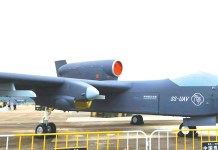China began the development of a new modern multirole aircraft in the 1980s — the J-10 — as the successor to its J-8 and J-9 aircraft. The Chinese workhorse was introduced as an answer to the Russian MiG-29 and the US F-16.
Produced by the Chengdu Aircraft Corporation (CAC), the fighter made its maiden flight way back in 1998 and was declared operational in 2003, after almost 18 years of development.
Making the backbone of the Chinese Air Force, more than 300 J-10s still remain in the fleet, while close to 25 naval variants of the fighter are in service with the PLA Navy.
The aircraft was in news recently when the J-10 fighter along with the Chinese Su-30 engaged in a “dogfight” amid heavy thunderstorms and poor visibility, to test PLA’s all-weather combat readiness.
However, with the advent of more advanced jets like the J-11 and the fifth-generation J-20, experts continue to raise questions of the survivability of J-10 in near future.
Watch: Turkish Armored Vehicle ‘Blown Apart’ By Russian ATGM ‘Kornet’ In Northern Syria
The J-10
The J-10 (NATO reporting name Firebird) is a single-engine, lightweight multirole fighter capable of all-weather operation. It was designed for air-to-air combat, and strike missions of the People’s Liberation Army Air Force (PLAAF).
Similar to the French Mirage fighters, the J-10 features a large delta wing but also has two canards right behind the cockpit to grant it increased maneuverability. The weapons payload is similar to the MiG-29 and F-16 with three weapon pylons on each wing and three on the belly, National Interest reported.
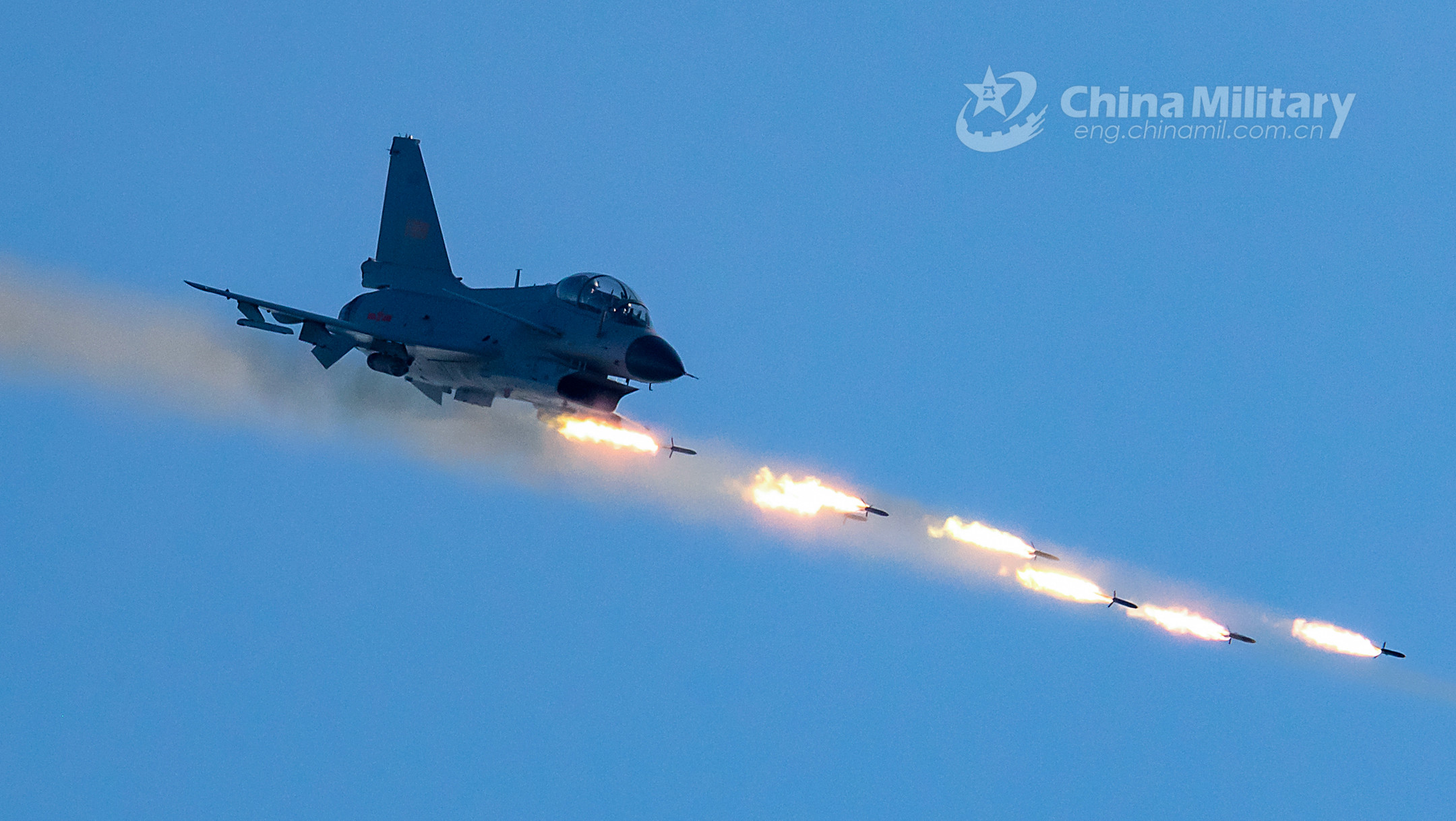
The jet has multiple variants including the single-engine J-10A, the naval variant of J-10AH, the Tandem-seated trainer variant J-10S, and the upgraded version J-10B, which is equipped with an active electronically scanned array (AESA) radar and an electro-optic targeting sensor.
The J-10 also participated in the Communist Party of China (CPC) centenary celebrations.
The J-10C
The most latest and advanced variant, the J-10C, recently got equipped with a domestically developed WS-10 Taihang engine and made its first public appearance in a live-fire training session after entering service with the PLA Air Force, Global Times reported.
US’s Biggest Naval Drills In Decades Near China’s Backyard Flashpoint For Geopolitical Tsunami
The jet with a Taihang engine was first revealed in a video released by the aircraft’s developer in March 2020, after the first public appearance of the original jet with a Russian engine in 2017.
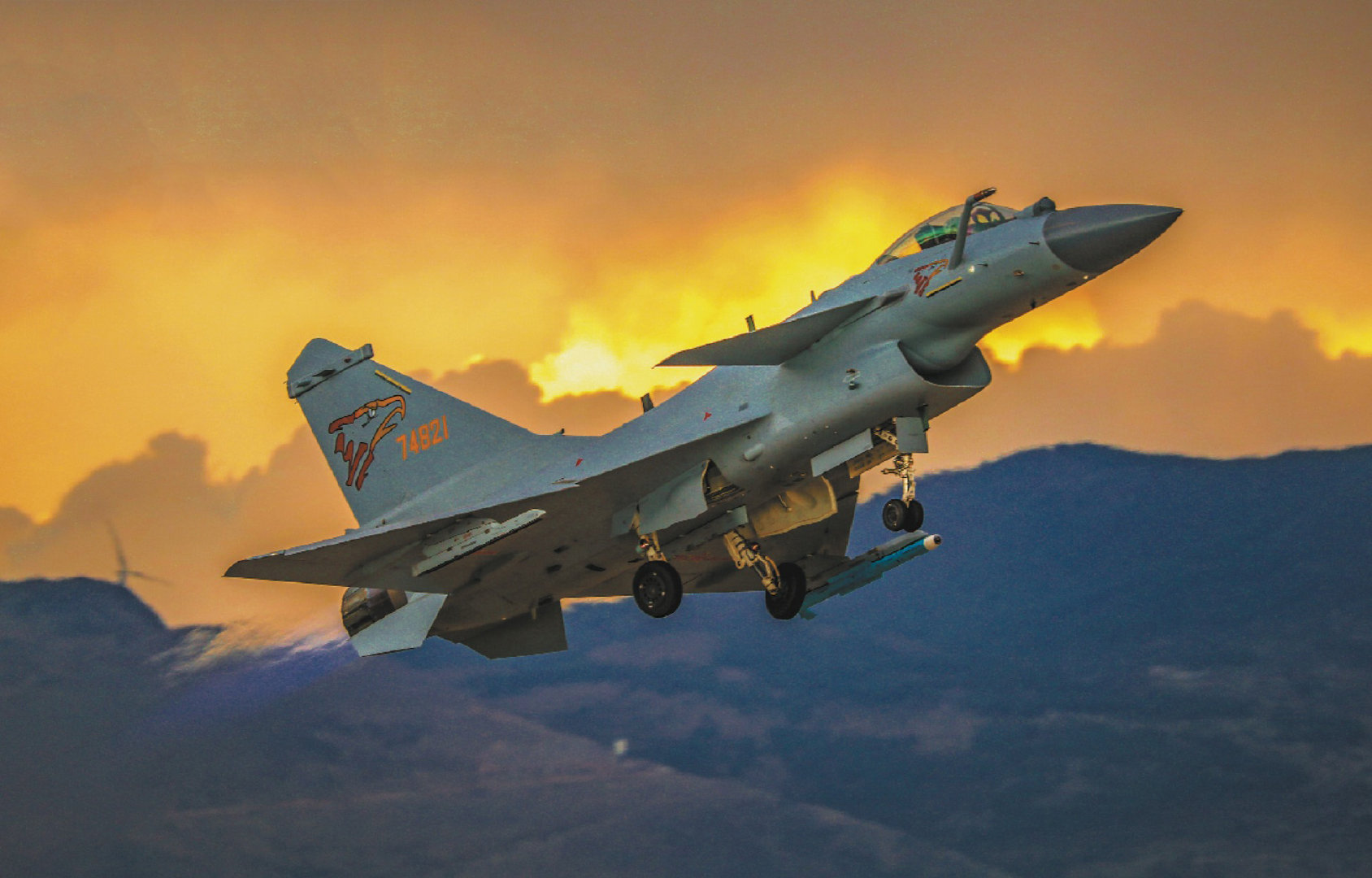
The original version featured the Russian-built engine AL-31, as China lacked the technology to build its own advanced jet engines when the J-10 was being built.
Mother Of All Drones! US Prepares To Test Hypersonic Drone That Can Fly 5 Times The Speed Of Sound
Highlighting the significance of the indigenous engine, FlightGlobal reported that the afterburner nozzle petals are notably wider on the WS-10 than on the AL-31 and the WS-10 has a ring structure around the interior of the nozzle that is absent on the AL-31.
The images shared online suggest that the WS-10 nozzle is somewhat lighter than that of the Russian engine.
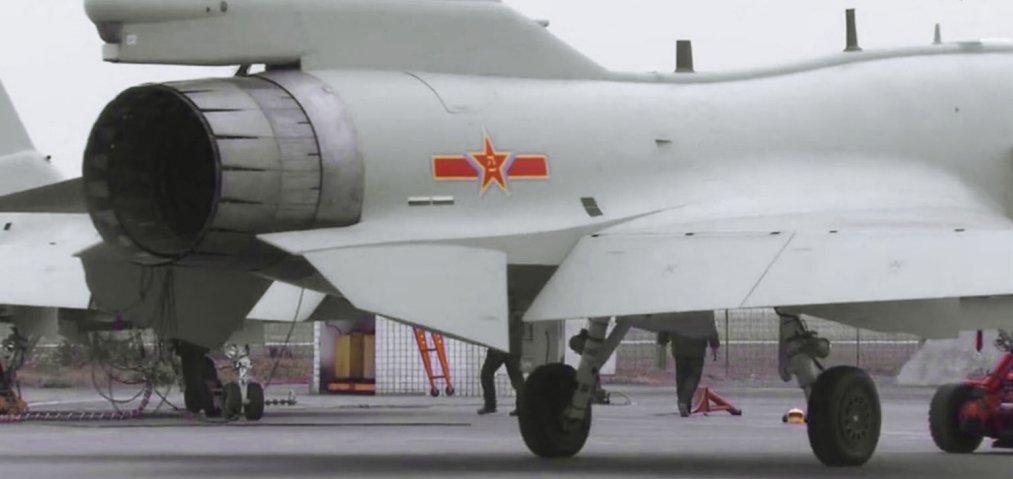
In addition to improved avionics like the indigenous AESA fire-control radar and the imaging infrared seeker (IIR) PL-10, the J-10C can fire the new Chinese air-to-air missiles, which include some advanced long-range active-radar homing designs.
Pakistan’s JF-17 vs Iran’s J-10: Who Will Operate The ‘Most Powerful’ Chinese Fighter Jet?
“For the next step, China is expected to develop more advanced engines with larger thrust-to-weight ratios, longer service life, more efficient maintenance standards and intelligent control technologies to fit the needs of new-generation aircraft,” Wang Ya’nan, chief editor of Beijing-based Aerospace Knowledge magazine, told Global Times.
The Future of J-10
Despite serving the Chinese Air Force for over two decades, the future of J-10 remains uncertain in the face of China’s emphasis on advanced jets like J-20 and FC-31 and regional adversaries like India operating powerful Rafale and Su-30MKI jets.
According to National Interest, China is continuing the R&D and development of the J-11 fighter which is based on the Soviet-designed Sukhoi Su-27. The J-11 is a twin-engine jet that also took its first flight in 1998.
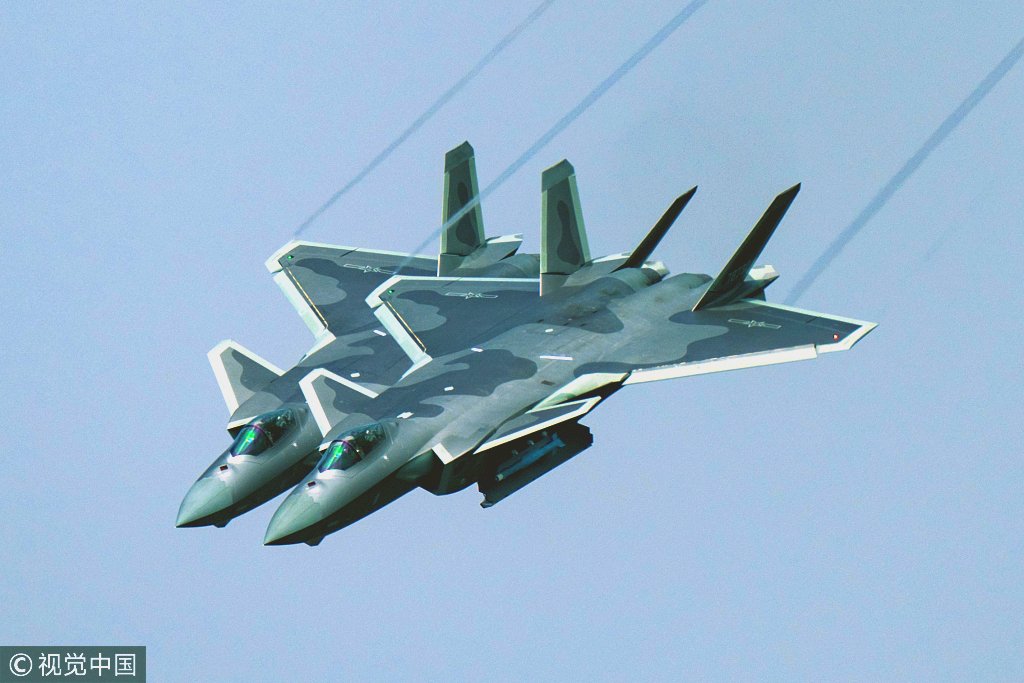
With its multiple variants and upgrades like the missile approach warning system (MAWS), the improved cockpit displays, and fire control systems for R-77 or PL-10 missiles, the J-11 has also become a significant part of the Chinese Air Force with more than 400 remaining in service while the Navy operates around 70 of the fighters.
Moreover, with a focus on stealth technology, China is producing two types of stealth fighter — the J-20 which entered service in 2019, and the FC-31 which has not been inducted yet. Similar to how the US F-35A will replace the F-16, the FC-31 might replace the J-10 in the PLA Air Force.



